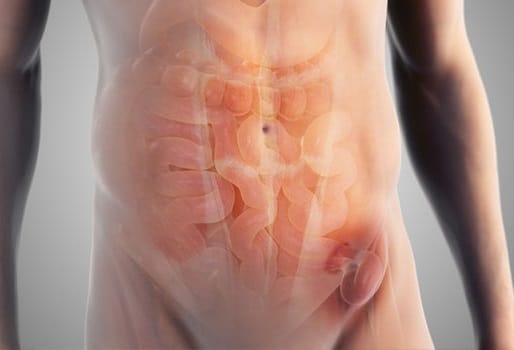Second Medical Opinion
Trust & Confidence
+91 8150000200
Book Appointment
Mon - Sat: 9:00 - 20:30
Appointment timing
Trust & Confidence
Book Appointment
Appointment timing
The abdominal muscles can develop weak spots, through which adjoining tissue can protrude resulting in a bulge, which is called hernia. An inguinal hernia occurs at the inguinal canal, a narrow passage in the abdominal wall, through which blood is fed to the testicles. A hernia can be painful, especially while bending over, coughing or heavy lifting. If left untreated, it could lead to serious complications. The bulge can put pressure on nearby structures like the intestines and cause their blood supply to be cut off. This condition is called strangulated hernia.

Treatment
The most common and popular treatment for hernia is surgery. An operation is the quickest way to repair a hernia, particularly if the bulge is growing bigger. Timely surgery also preempts any serious complications that can accompany inguinal hernia. Sometimes, the hernia can be controlled with a padded belt called a truss. However, a hernia will not go away without surgery.
The surgery is performed under general anaesthesia. The surgeon makes small incisions on the abdomen. A set of surgical instruments, along with a tiny telescope will be inserted into the abdomen where the hernia has occurred. The interior preperitoneal area, where the hernia occurs is shown on a laparoscope, which guides the surgeon. The procedure entails the smoothening the abdominal wall where the bulge occurs. Then a synthetic mesh is used to cover and strengthen the weak spot in the abdomen.
The operation generally takes about thirty minutes. If the hernia is on both sides of the abdomen, the operation can last to under an hour.
Complications
General side effects that may afflict the patient are the same as those after other hernia fixing surgeries. More serious complications may include:
Development of a lump at the surgery site
Difficulty passing urine
Injuries to nearby abdominal structures
Temporary weakness in the leg
Discomfort or pain in the groin
Injuries to nerves
Interruption in blood supply to the testicles in men
Recovery
Patients are generally discharged the same day. Convalescence may take between two to four weeks depending on the extent of surgery, after which you can resume normal activities. Check with the surgeon before the operation about how much you can exercise. For the first few days, increasing how much you walk is recommended. Occasionally the hernia can recur.
Dr. Manas Ranjan Tripathy has achieved acclaim in proctology. His areas of expertise are sophisticated minimally invasive laser surgeries for Hemorrhoids or piles, anal fissures, anal fistulas with special expertise in laser Hemorrhoidopexy and recurrent and complex fistulas.